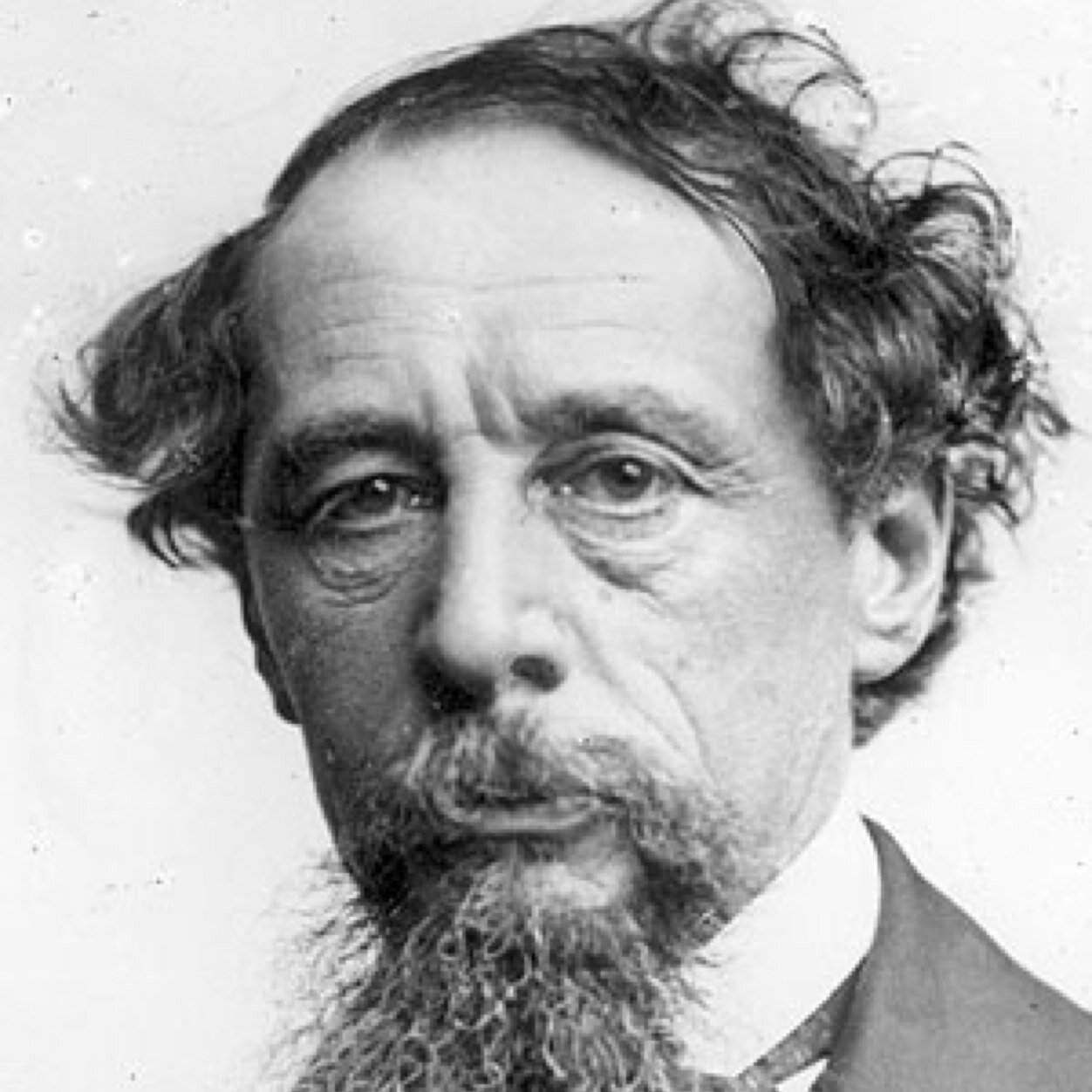
Charles Dickens
Biography
Charles Dickens (February 7, 1812 to June 9, 1870) was a British novelist, journalist, editor, illustrator and social commentator who wrote such beloved classic novels as Oliver Twist, A Christmas Carol, Nicholas Nickleby, David Copperfield, A Tale of Two Cities and Great Expectations. Dickens is remembered as one of the most important and influential writers of the 19th century. Among his accomplishments, he has been lauded for providing a stark portrait of the Victorian era underclass, helping to bring about societal change. When Dickens died of a stroke, he left his final novel, The Mystery of Edwin Drood, unfinished.
Childhood
Charles John Huffam Dickens was born on February 7, 1812, at Portsea (later part of Portsmouth) on the southern coast of England, to John and Elizabeth Dickens. Charles was the second born of eight children. His father was a pay clerk in the navy office. Because of financial difficulties, the family moved about until they settled in Camden Town, a poor neighborhood in London, England. At the age of twelve Charles worked with working-class men and boys in a factory that handled "blacking," or shoe polish. While his father was in debtor's prison, the rest of the family moved to live near the prison, leaving Charles to live alone. This experience of lonely hardship was the most significant event of his life. It colored his view of the world and would later be described in a number of his novels.
Charles returned to school when his father received an inheritance and was able to repay his debts. But in 1827, at age fifteen, he was again forced leave school and work as an office boy. In the following year he became a freelance reporter and stenographer (using shorthand to transcribe documents) at the law courts of London. By 1832 he had become a reporter for two London newspapers and, in the following year, began to contribute a series of impressions and sketches to other newspapers and magazines, signing some of them "Boz." These scenes of London life went far to establish his reputation and were published in 1836 as Sketches by Boz, his first book. On the strength of this success Charles married Catherine Hogarth. Together they had ten children.
Works
After a year abroad in Italy and writing Pictures from Italy (1846), Dickens published installments of Dombey and Son, which continued till 1848. This completed novel established a new standard in the Dickensian novel and marked the turning point in his career. As its full title indicates, Dealings with the Firm of Dombey and Son is a study of the influence of the values of a business society on the personal fortunes of a family and those with whom the family meets. It takes a somber view of England at mid-century, and its tone becomes characteristic of Dickens's future novels.
Dickens's next novel, David Copperfield (1849–1850), is the first complete record of the typical course of a young man's life in Victorian England. This autobiographical novel fictionalized elements of Dickens's childhood, his pursuit of a journalism career, and his love life. Though Copperfield is not Dickens's greatest novel, it was his personal favorite.
In 1850 Dickens began a new magazine, Household Words. His editorials and articles touched upon English politics, social institutions, and family life. They also spoke to the fictional treatment of these subjects in Dickens's novels. The weekly magazine ran to 1859, when Dickens began to conduct a new weekly, All the Year Round. In both these periodicals he published some of his major novels.
